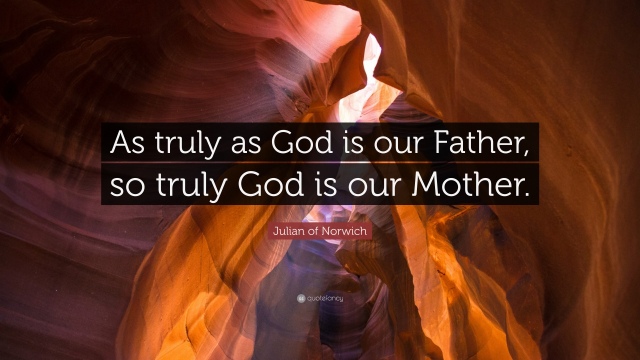I recently learned (thanks Daniel Isgrigg) that my PhD thesis “A Theology of the Spirit in the Former Prophets: A Pentecostal Perspective” is available free online through my doctoral alma mater: Bangor University, Wales. For those interested it can be read in whole HERE. An edited version of this work is due to be published within the year (under the same title) by CPT Press.
The following is the abstract:
This thesis works toward a constructive Pentecostal theology of the Spirit in the Former Prophets. Chapter one provides a history of interpretation (from 1896 to present) of major works engaging the Former Prophets with regard to the Spirit. Chapter two offers a Pentecostal hermeneutic of the Former Prophets. Chapter three provides a history of effects (or Wirkungsgeschichte) approach by hearing the Spirit texts of the Former Prophets alongside of early North American Pentecostals (specifically the journals from 1906-1920) in order to offer a better orientation to how Pentecostal communities have interpreted these texts in their formative years. Chapters four through seven apply the hermeneutic of chapter two to the groupings of texts of the Spirit in the Former Prophets. As such, the chapters that follow are larger literary units which include multiple references to the Spirit of Yahweh/God, but are grouped together as narratological units. Chapter four addresses the judges who explicitly experience the liberating Spirit of Yahweh. Chapter five addresses Saul and David’s musical and prophetic experiences of the Spirit of Yahweh/God both for good and ill. Chapter six addresses the ambiguities of the Spirit in the context of the prophet Micaiah. Chapter seven addresses the passing of the Spirit of true prophetic sonship from Elijah to Elisha. Chapter eight then attempts a constructive Pentecostal theology of the Spirit in light of the study of the Spirit in the Former Prophets laid out in the preceding exegetical chapters and the Wirkungsgeschichte of chapter three. Finally, the concluding chapter briefly summarizes the contributions of this study and entertains multiple potential directions for future study brought to light through this study.




 On a number of occasions I have engaged in conversations, or heard podcasts (I’m thinking here of the October 17, 2017 of
On a number of occasions I have engaged in conversations, or heard podcasts (I’m thinking here of the October 17, 2017 of  I was asked today why John 21.11 notes there were 153 large fish caught by Jesus’ disciples in this resurrection appearance. Here is my brief answer:
I was asked today why John 21.11 notes there were 153 large fish caught by Jesus’ disciples in this resurrection appearance. Here is my brief answer: The following are my brief notes written as a Sunday School introduction for adults to the book of the Revelation that I taught May 13, 2018 at New Life Assembly of God in Ellendale, ND.
The following are my brief notes written as a Sunday School introduction for adults to the book of the Revelation that I taught May 13, 2018 at New Life Assembly of God in Ellendale, ND.
 The following is a sermon I preached for chapel at Trinity Bible College & Graduate School on Tuesday, April 10, 2018.
The following is a sermon I preached for chapel at Trinity Bible College & Graduate School on Tuesday, April 10, 2018.